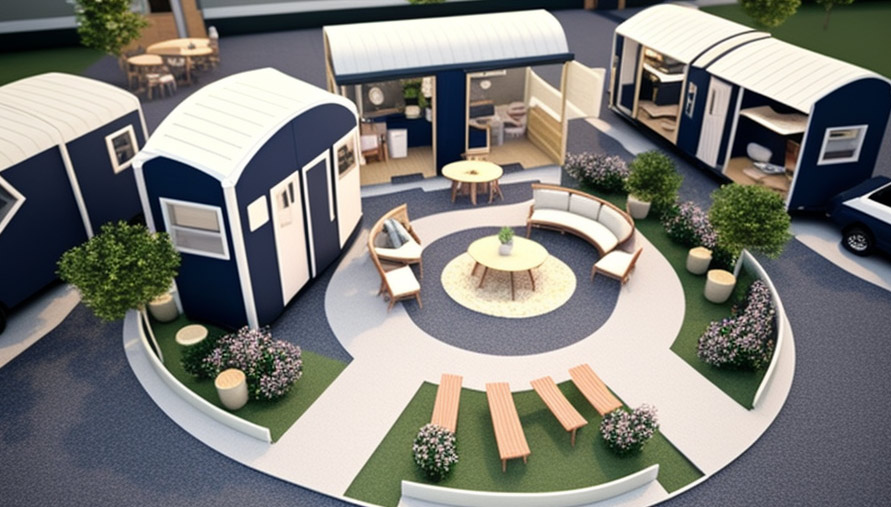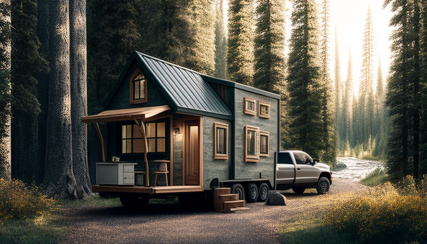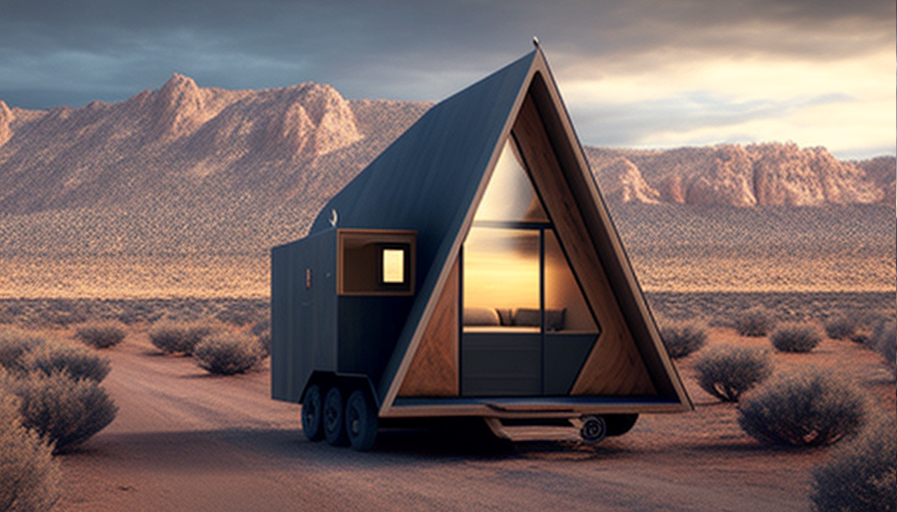Tiny Home Off Grid living is becoming increasingly popular as people seek to live a more sustainable and self-sufficient lifestyle. One way to achieve this is by building or purchasing a tiny house, which is a compact and efficient living space designed for minimalism. This guide will provide you with the information and resources you need to successfully transition to an off-grid tiny house lifestyle.
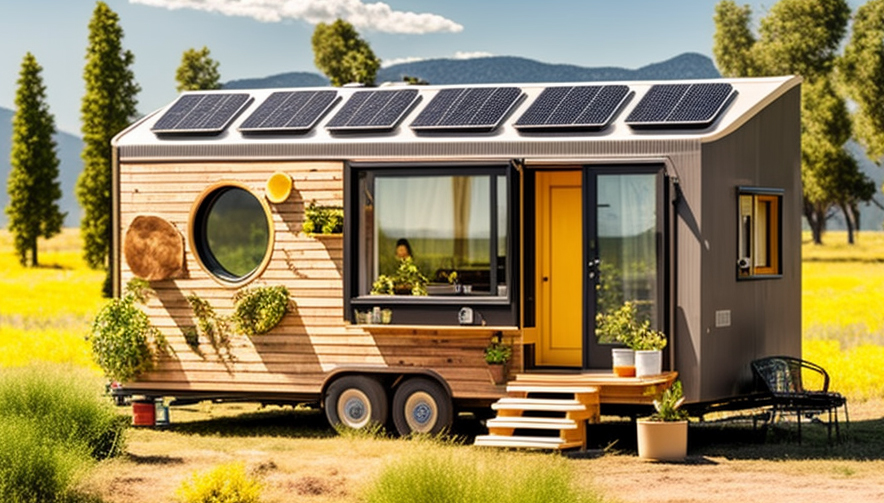
Understanding the Concept of Tiny Home Off Grid Living
Off-grid living refers to the act of living independently of public utilities and services such as electricity, water, and sewage. This means that you will be responsible for generating your own power, collecting and treating your own water, and disposing of your own waste. While this may seem daunting at first, the freedom and independence it provides is worth the extra effort.
Advantages of a Tiny Home Off Grid
A tiny house offers many advantages for off-grid living, including:
- Affordability: Tiny houses are typically much cheaper to build or purchase than traditional homes, making them an accessible option for many people.
- Sustainability: By living in a tiny house and relying on renewable energy sources, you can reduce your carbon footprint and live a more environmentally-friendly lifestyle.
- Mobility: Tiny houses are often built on wheels, making it easy to relocate if needed.
- Simplicity: With a minimalist lifestyle, you can simplify your life and focus on what truly matters.
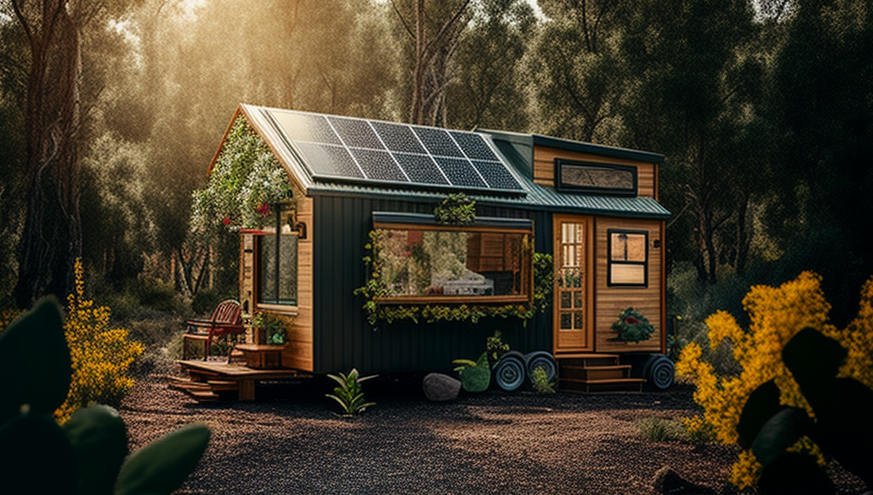
Choosing the Right Location
When choosing a location for your off-grid tiny house, there are several factors to consider, including:
- Access to sunlight: Solar panels are the most common source of power for tiny home off grid homes, so it is important to choose a location with ample sunlight.
- Water availability: You will need a reliable source of water for drinking, washing, and gardening.
- Proximity to amenities: While off-grid living provides independence and seclusion, it is important to consider proximity to grocery stores, medical facilities, and other amenities.
- Building regulations: Different areas have different regulations regarding off-grid living and tiny houses, so it is important to research local laws before choosing a location.
Building or Buying a Tiny House
There are two main options for obtaining a tiny home off grid: building one yourself or purchasing one from a manufacturer. If you choose to build your own tiny house, you will have complete control over the design and materials used, but it will require a significant amount of time and effort. If you choose to purchase a tiny house, you can choose from a variety of pre-made designs and finishes, but you will have less control over the final product.
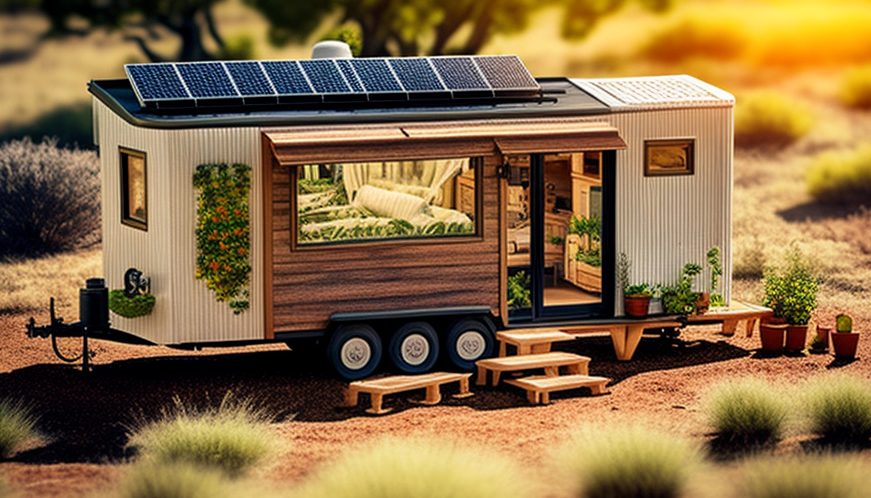
Powering Your Tiny Home Off Grid
There are several options for powering your Tiny Home Off Grid tiny house, including:
- Solar panels: Solar panels are the most common source of power for off-grid homes. They convert sunlight into electricity, which can be stored in batteries for use at night.
- Wind turbines: Wind turbines can generate electricity when the wind is blowing, but they require a steady wind source.
- Hydro power: If you have a reliable source of running water, you can use a water turbine to generate electricity.
- Combination: A combination of these methods can provide a reliable and consistent source of power.
Collecting and Treating Water
You will need a reliable source of water for drinking, washing, and gardening. There are several options for collecting and treating water, including:
- Rainwater collection: A rainwater catchment system can collect and store rainwater for use in your home.
- Well water: If you have access to a well, you can pump water directly from the ground.
- Surface water: Surface water sources such as rivers, lakes, or streams can provide water for your home, but it will need to be treated before use.
- Gray water: Gray water is the water from sinks, showers, and other household fixtures that can be reused for irrigation and other non-potable purposes.
- It is important to properly treat all water sources before use to ensure that it is safe for consumption and use. This can be done through filtration, UV sterilization, or chemical treatments.
Waste Management
Waste management is an important aspect of Tiny Home Off Grid living, as you will be responsible for disposing of your own waste. There are several options for waste management, including:
- Composting toilets: Composting toilets convert human waste into compost, which can be used as fertilizer in your garden.
- Septic systems: Septic systems use bacteria to break down waste and turn it into a liquid that can be safely absorbed into the ground.
- Incinerating toilets: Incinerating toilets burn waste, reducing it to ash that can be safely disposed of.
It is important to research and understand the various waste management options before making a decision, as each option has its own advantages and disadvantages.
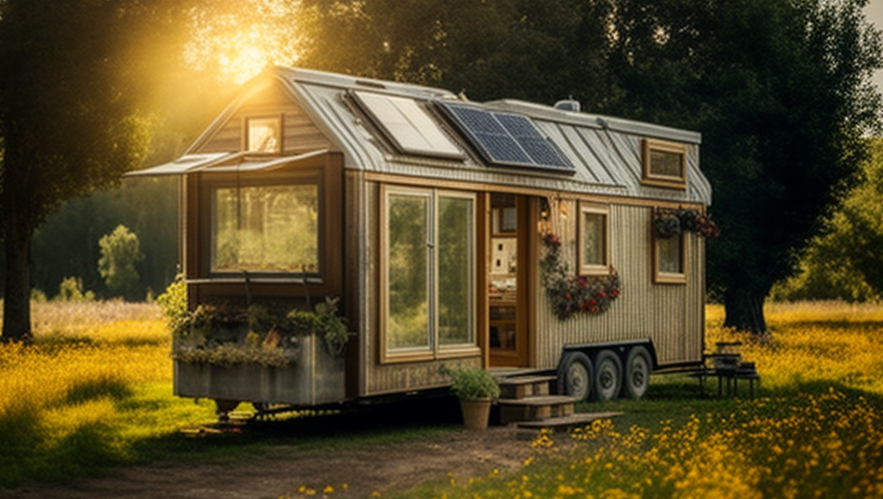
Final Thoughts
Living off-grid with a tiny house is a lifestyle choice that requires careful planning and preparation. By understanding the concepts of off-grid living, choosing the right location, building or purchasing a tiny house, and properly managing power, water, and waste, you can successfully transition to an off-grid lifestyle and experience the freedom and independence it provides.
